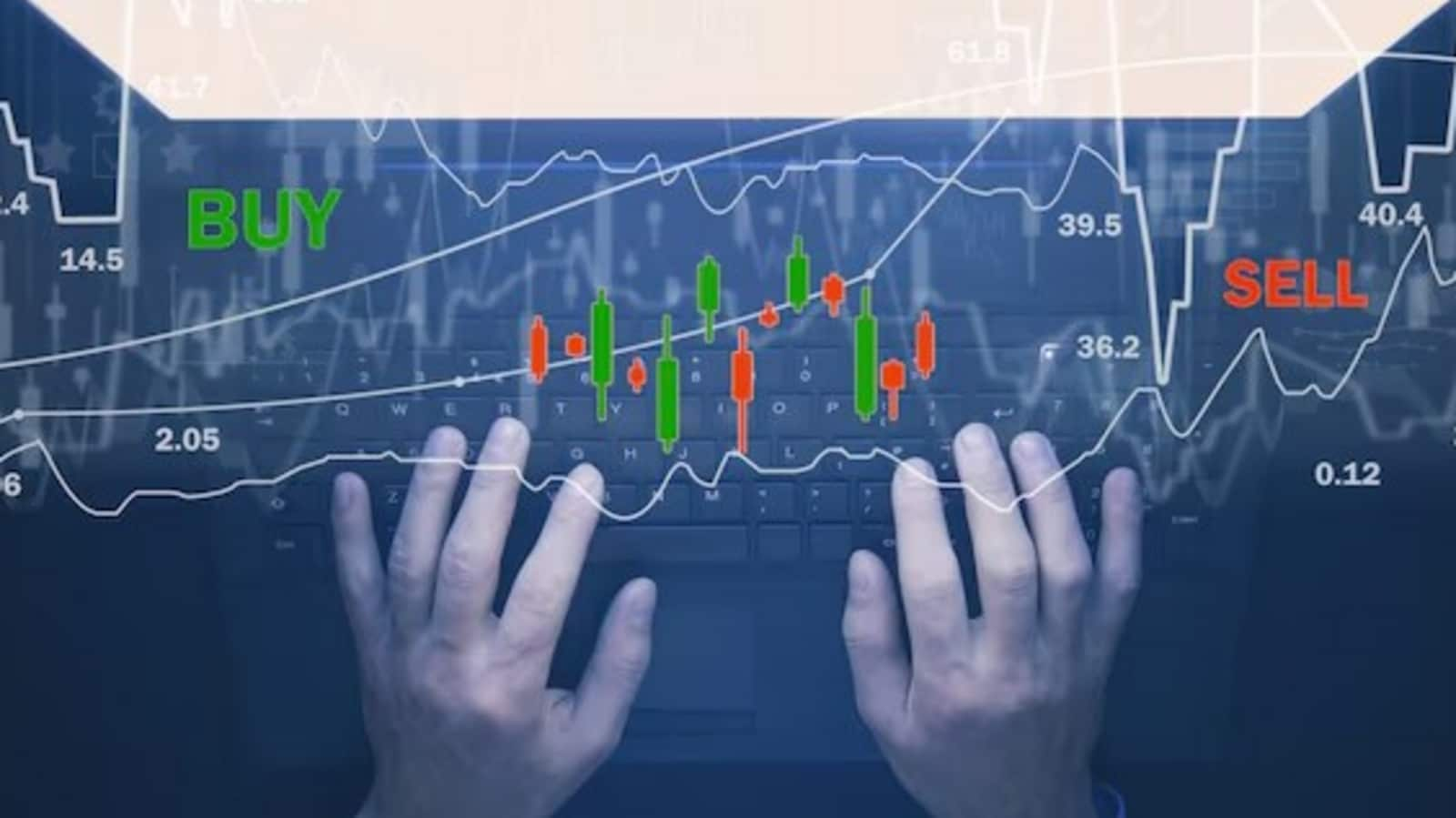D-Street stumbles as fresh tariff fear feeds into slowdown woes

The Nifty 50 fell 1.5% to close at 22,904.45 while the Sensex dropped 1.2%, ending at 75,364.69. The smaller shares took a bigger hit, with Nifty Midcap 100 tumbling 2.9% and Nifty Smallcap 250 plunging 3.3%. Elsewhere, Hong Kong’s Hang Seng, China’s Shanghai Composite, Japan’s Nikkei and South Korea’s Kospi fell 1.5%, 0.2%, 2.8% and 0.9% respectively.
Nifty Pharma that gained a day earlier plunged 4%, becoming the second worst performer among NSE sectors, just behind Nifty Metal which dropped 6.6%. All sectoral indices ended the day in the red, barring Nifty FMCG which closed flat. Overnight, Trump had stated that he plans to impose pharma tariffs at “a level that you haven’t really seen before”.
Also read | Stock market pain begins. ‘This is how you sabotage the world’s economic engine’
The previous day, market reaction was “surprisingly better than expectations”, said Gaurav Dua, senior vice-president and head of capital market strategy at Mirae Asset Sharekhan, as investors drew hope from India’s relatively lower reciprocal tariffs rates. Moreover, he believes Thursday’s weekly expiry also could have played its role in limiting the damage.
“Continued weak global cues and possibility of negative growth in the global economy seem to have led to sell off today,” Dua added.
The tariff shock will likely reflect in US inflation and growth outlook in the coming weeks. Investors are expected to closely watch key indicators on jobs, inflation, and retail sales to gauge health of the US economy. Any softening of data could fan concerns about a recession or stagflation in the US, making more investors risk-averse.
According to Mark Haefele, chief investment officer, global wealth management at UBS AG, there is a 50% chance of the US tariffs being rolled back following negotiations. Despite such reductions by year-end, the immediate shock is expected to slow the US economy, bringing 2025 growth closer to or below 1%, he said in a note dated 3 April.
Also read | Markets may wilt under US reciprocal tariff weight
Apart from heavyweights like Reliance Industries, Larsen & Toubro and Infosys, Nifty’s sharp drop was also led by Tata Steel, TCS, Tata Motors, Hindalco Industries, and Sun Pharmaceuticals.
Even so, Indian equities have so far fared better than most, barring Taiwan and Indonesia, clocking the smallest fall since Trump’s tariff bombshell.
Analysts at Bernstein believe India is well-positioned to navigate the tariff challenges and will likely prefer negotiations to escalation.
“The immediate negative sentiment should be visible in the markets, but we still retain our second half macro recovery thesis, and view a potential trade agreement with US as a positive long term development,” said Bernstein’s 3 April report. The key risk, they added, lies in a possible US recession impacting certain sectors.
As per provisional BSE data, FIIs sold Indian equities worth ₹3,483.98 crore on Friday, while DIIs net sold shares worth ₹1,720.32 crore.
Also read | Don’t blame Trump for all of the stock market’s problems
Hope for India
Feroze Azeez, deputy CEO at Anand Rathi Wealth, believes no other emerging economy is as well-placed as India to benefit from current global trade shifts. He also pointed to India’s solid macro outlook, with Q3 FY25 GDP growth at 6.2% and strong tax collections helping keep the fiscal deficit on track.
“Taking these factors into account, we expect nominal GDP growth to remain in the range of 10-11% in the coming years, positioning India as one of the fastest-growing economies among emerging markets,” he said.
Meanwhile, Prashant Khemka, founder of WhiteOak Capital Management, said, “India has gotten off very lightly (as far as imposition of reciprocal tariffs are concerned)”. While other countries are getting hit hard by tariffs, India might actually catch a break, with higher tariffs elsewhere gradually shifting market share its way, he said.
With lingering concerns about a US recession, he is anticipating foreign investment flows to gradually pick up down the line. However, if the US market underperforms or even performs in line with emerging markets, the comeback could be quicker, he added.
Also read | Will lower tariffs lure back FPIs from other emerging markets?
“Continued macro-economic stability, sequential decline in inflation, green shoots in rural growth and RBI’s rate cut cycle are signs of optimism for Indian markets. And “With India’s economy facing limited impact from Trump’s tariff announcement, a rebound in earnings will be the key driver now,” said Dhiraj Relli, MD and CEO, HDFC Securities. He expects the dollar index to dip on US recession fears and ongoing policy uncertainty. A softer dollar, driven by heightened worries over US growth and relatively lower tariffs on Indian goods, is likely contributing to rupee’s positive trend.












